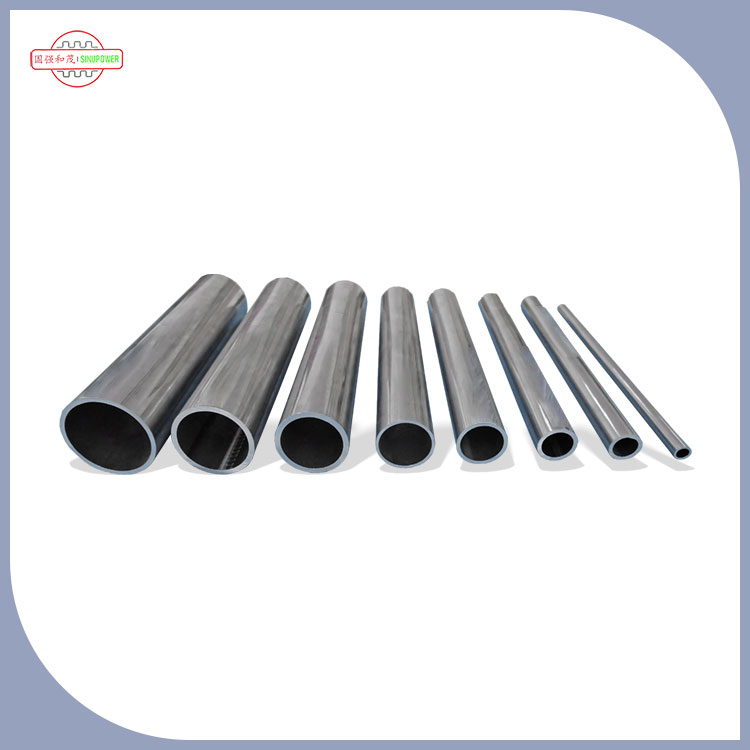The high strength of the circular tube structure is mainly due to its unique circular cross-section, and the specific reasons are as follows:
1.Uniform stress distribution: When a circular tube is subjected to external forces, the force will be evenly distributed along the circumference, so that the stress on each point of the tube wall is relatively consistent and there will be no stress concentration phenomenon. In contrast, square or other shaped pipes are prone to stress concentration at corners and other locations, making them more prone to damage.

2.Strong bending resistance: The cross-sectional shape of the circular tube gives it a large moment of inertia and bending modulus. Inertia moment is an important indicator for measuring an object's ability to resist bending. The circular cross-section of a circular tube enables it to resist deformation more effectively when subjected to bending forces, thus having higher bending strength. For example, in building structures, circular concrete columns have better bending resistance than square columns when subjected to horizontal loads such as wind loads, earthquake loads, etc., and can withstand greater bending moments without failure.
3.Good torsional performance: The symmetry of the circular tube allows the torque to be evenly distributed across the entire cross-section when subjected to it, without causing significant torsional shear stress concentration like non-circular cross-sections. This enables the circular tube to withstand greater torque without twisting, deformation, or damage when subjected to torsional forces. In mechanical transmission, many transmission shafts adopt a circular tube structure, which utilizes its good anti torsion performance to effectively transmit torque and ensure the normal operation of the mechanical system.
4.High compressive stability: When subjected to axial pressure, circular pipes can maintain good stability due to the uniformity and symmetry of their cross-section, making them less prone to local instability. Compared with columns with square or rectangular cross-sections, circular columns do not experience buckling instability due to the sharp edges or local weak points of the cross-section when subjected to compression, thus being able to withstand greater axial pressure. In the supporting structures of some large buildings, the use of circular steel tube concrete columns can fully utilize the compressive stability of the circular tube and the compressive strength of the concrete, improving the load-bearing capacity and safety of the structure.